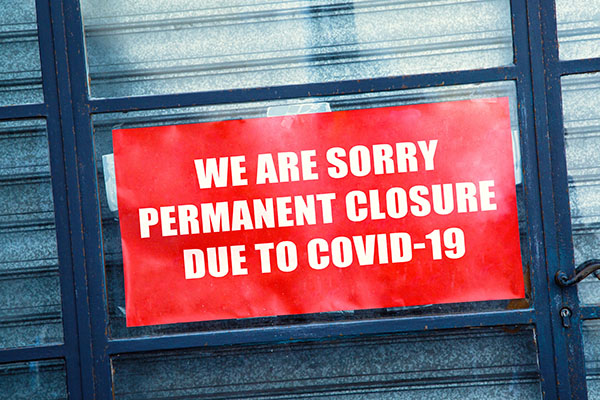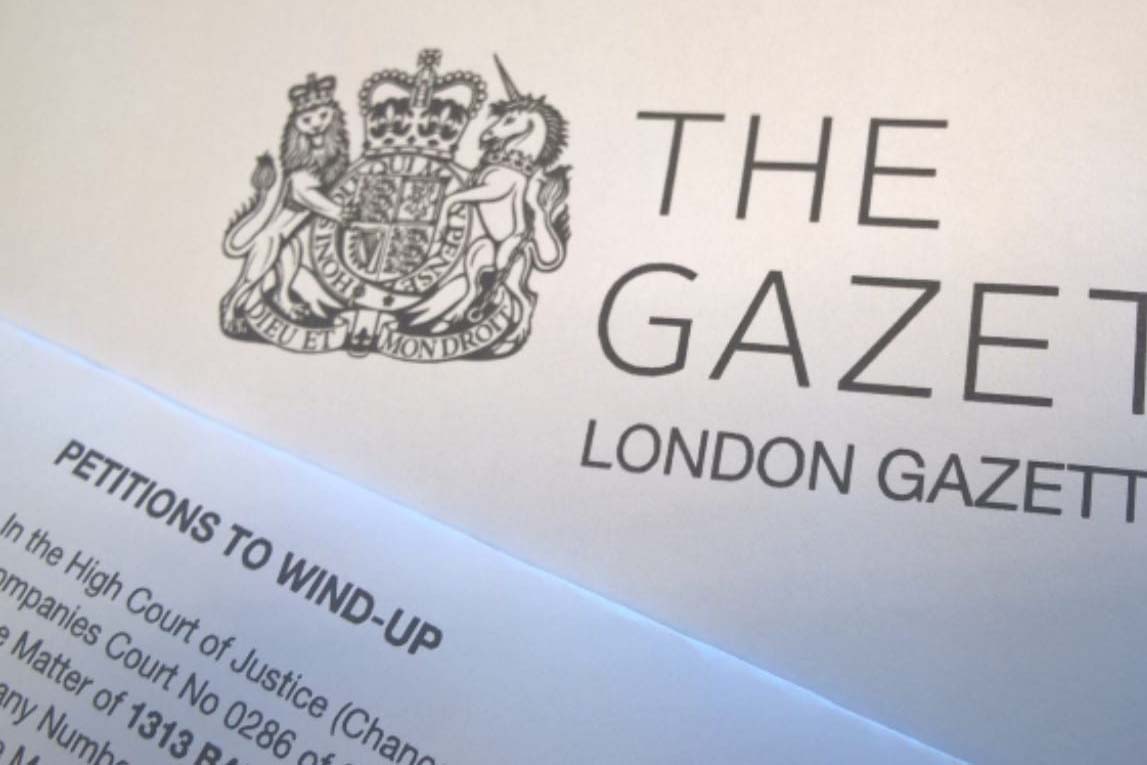Company Focus’ Advice Centre
Tips and information about dealing with business debts

Repayment Options For Bounce Back Loans.
When a company is struggling to repay a bounce-back loan there are a number of options available.

Time to Pay Arrangements
If you are not able HMRC on time, a Time to Pay (TTP) Arrangement allows you to repay these debts monthly over a period of time.

Directors’ duties before, during and after liquidation
The consequences for failing to fulfil duties can be significant and throughout the process of insolvency.

What is Wrongful Trading?
Directors are often aware of the term wrongful trading without being wholly informed of the meaning and the consequences until being under investigation.

When is a Company Insolvent?
There are three insolvency tests to establish if a company is insolvent.

Extension of Government business support – Update June 2021
Restrictions on statutory demands and winding up petitions will remain until 30 September 2021

Investigating Directors Of Dissolved Companies
Insolvency Service has powers to investigate directors of companies that have been dissolved.

Strike Off Application Or Creditors Voluntary Liquidation?
Liquidation and Strike Off applications are two processes for closing a business. Understanding them helps achieve a smooth closure.

When You Shouldn’t Try To Dissolve Your Company
If your company has debts that you are struggling to pay then you need to take the advice of a qualified professional before going down this route.

Bounce Back Loans and Personal Liability
What happens if I can’t repay? Do I have to pay this back myself if the company cannot?

Voluntary Liquidation – What You Need To Know
A Company Voluntary liquidation (CVL) is a formal method of closing down insolvent business

Who Pays For A Company Liquidation?
Liquidation fees can be paid from company assets, from director’s personal funds or sometimes, from redundancy payments.

Bounce Back Loans and Liquidations
What are the implications of having received a bounce back loan when liquidating a company?

Bailiff Overview
A bailiff is a person that, with the authority of a court order, will arrive at your place of business collect overdue debts.

HMRC Winding-Up Petition
HMRC has a statutory requirement to maximise tax revenue, however is a it is not in their remit to shut down companies without considering proposals for a compromise.

Winding Up Petitions
A winding up petition should be taken very seriously as a court order to place a business into compulsory liquidation follows.